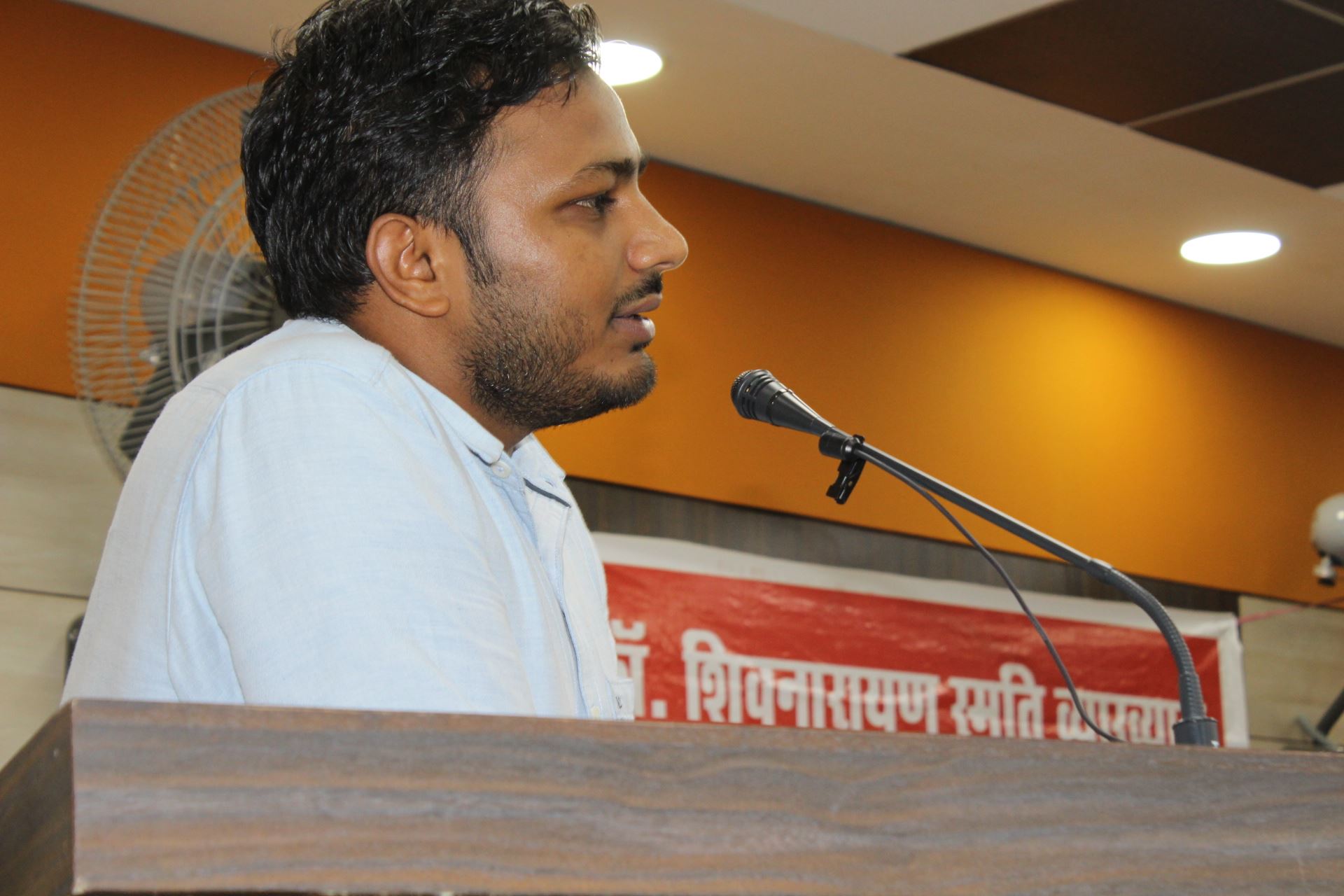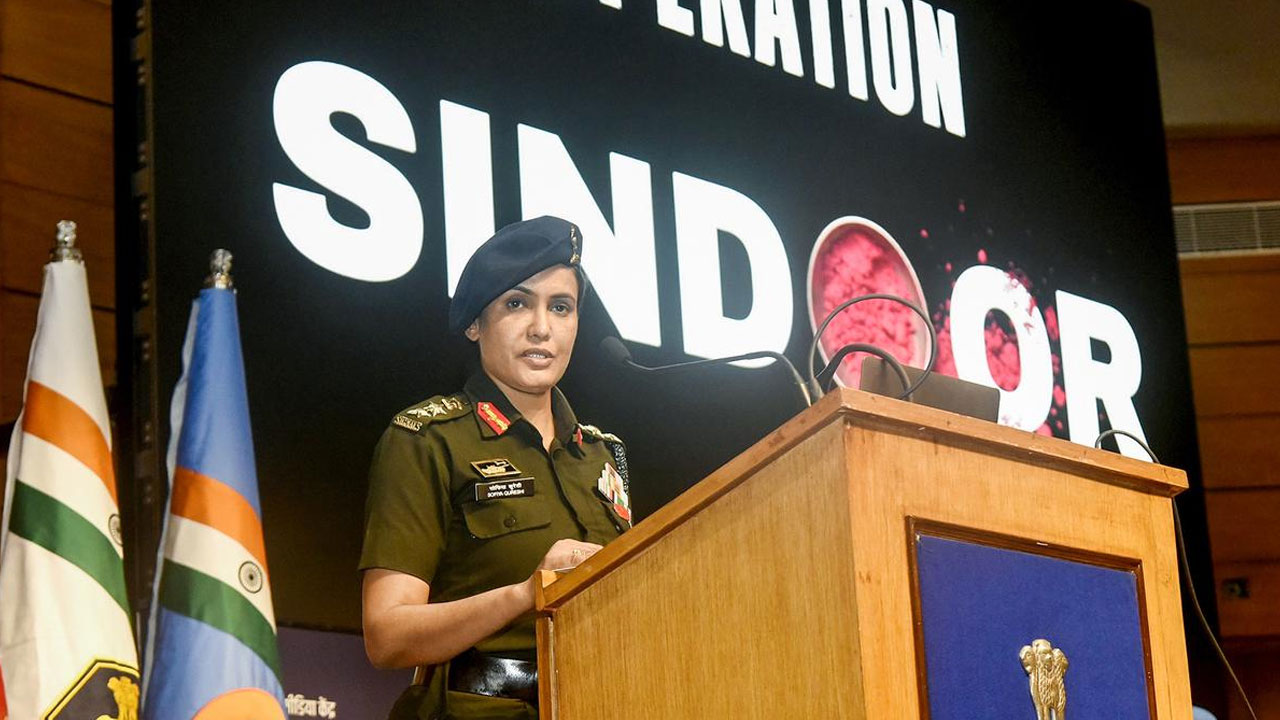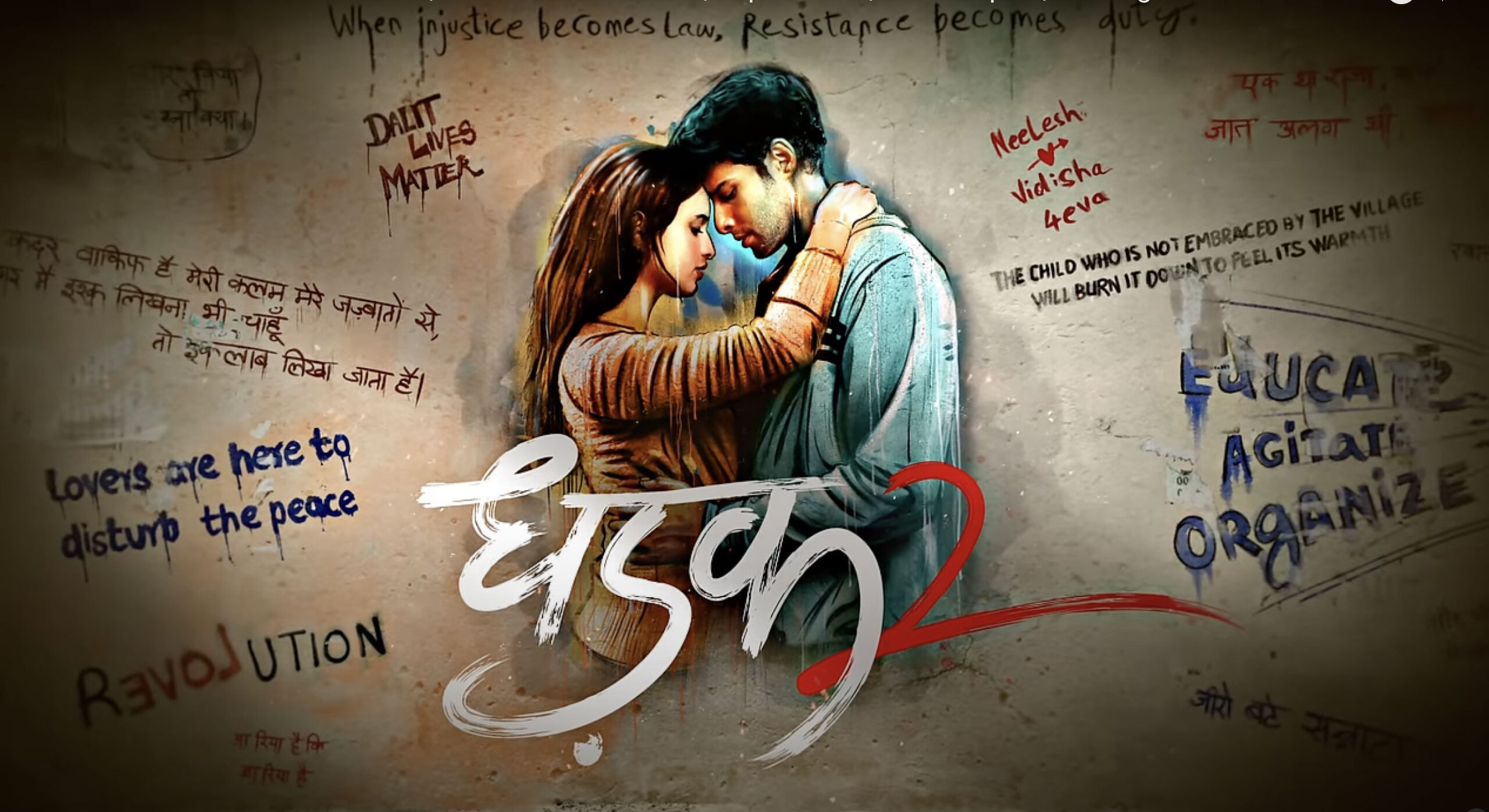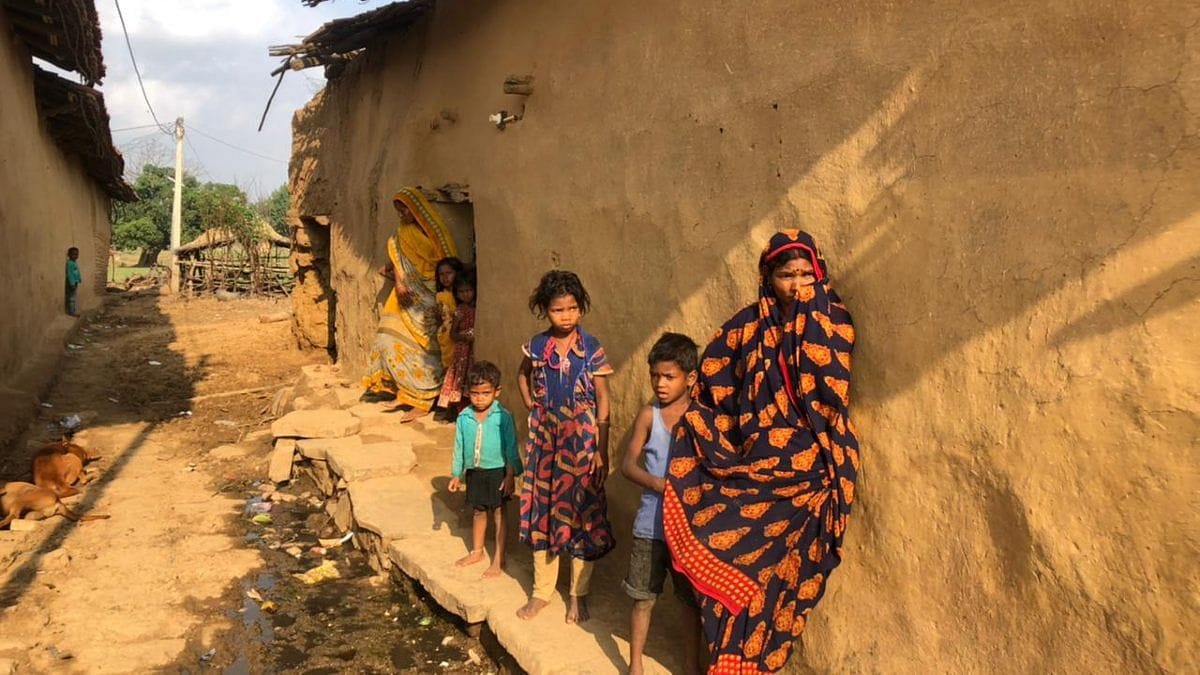Dravida Munnetra Kazhagam (DMK) Lok Sabha member S. Senthilkumar’s comment that the BJP gets a majority of its votes from the Gaumutra states cannot be dismissed as a storm in a teacup. What he has said is true but it has touched a raw nerve of the Hindutavadis. That is the reason an attempt is being made to stir up a storm in the teacup. Interestingly, academicians have jumped into the controversy, more so than even the Bharatiya Janata Party (BJP) leaders. Badri Narayan Tiwari, director of the Govind Ballabh Pant Social Science Institute, Allahabad, is one of them. Of late, speaking and writing in support of the BJP and the Rashtriya Swayamsevak Sangh (RSS) seems to have become his principal preoccupation. As soon as the opposition says anything against the BJP, Badri Narayan has to contradict it, even if it makes him sound laughable.
Yet another of his laughable contradictions has appeared in the form of an article titled “Hindi Patti Par Baar-Baar Siyasi Prahar” (Repeated political blows on Hindi belt) in the daily ‘Hindustan’ dated 8 December 2023. The comment about the BJP was political in nature and was made by a politician – a DMK MP. Obviously, it should have been answered politically by the BJP leadership. But Badri Narayan Tiwari seemed to have been hurt more than the BJP was. Why has the comment upset him so much? The comment hasn’t hurt the professor in Badri Narayan but the BJP-acolyte Brahmin in him. It is clear that he is a BJP supporter first and an academician next.
Had a professor written the article, it would have been an academic piece, logically analyzing why the BJP has been winning in the Hindi belt. But since it has been written from the perspective of a Hindutvavadi, it just seems to meander aimlessly through the maze of history.
Underlining the glory of the Hindi belt, Badri Narayan writes that in the ancient past, it witnessed the writing of the Vedas, the Puranas and the Upanishads, and the rise of Buddhist, Jain and Shraman ideologies, and it was the region where contemplation was a constant process. He does not mention that this process involved revolution and counter-revolution, as part of which Brahmanism, either through assimilation or destruction, eliminated all the thought streams challenging it. No writings by Ajivaks and Charvaks have survived. History tells us that the Brahmins scripted their mass slaughters and reduced their literature to ashes. The destruction of Buddhist mutts, viharas and temples and the killings of Buddhist monks during the reign of Pushyamitra Shunga are well documented. That the rise of Brahmanism in north India was not aimed at the uplift of the toiling masses but was meant to oppress and subjugate them is a fact that hardly warrants reiteration.

Quoting Dr Ram Vilas Sharma, Badri Narayan writes that the Hindi belt witnessed a reawakening. He is right. The Brahmins did not allow a new awakening in this region. They did not allow the new ideas propagated by the Ajivaks, Charvak, Buddha, Siddhas, Naths and even Nirgun saints like Kabir and Raidas to prevail. The Brahmins did not rest till these ideas were completely annihilated. Revolution and counter-revolution was a seesaw battle between a reawakening and a new awakening in the Hindi belt. Under the BJP dispensation, Hindutva represents the forces of reawakening. Hindutva is a concoction of Sanatan religion, nationalism and violence and hatred against the Muslims, besides Ayodhya, Kashi and Mathura.
Badri Narayan says that the Hindi belt has had a long tradition of republics. That is the half-truth. Indeed, there were republics. But they were republics of the feudal forces, by the feudal forces, for the feudal forces. They were not republics of the people, by the people, for the people. The common man had no role in these republics. The feudal lords were the rulers and they scrupulously avoided doing anything that could go against their class interests. These republics paved the way for monarchies, which continued till the Sultanate, the Mughal and the British eras.
The Hindi belt, which Badri Narayan is so exultant about, is steeped in feudalism and the feudal lords still retain control over it. Nothing moves in politics without their consent. It wasn’t long ago that women wrestlers staged a long sit-in at Jantar-Mantar, New Delhi, against Brijbhushan Sharan Singh, a feudal and an MP. Nothing came out of it. Doesn’t Badri Narayan know that in Uttar Pradesh, the entire stretch from Gonda to Ayodhya, Balrampur, Bahraich, Gorakhpur and Shravasti is dominated and controlled by the feudal lords and that the common man can’t dare oppose them? The Hindutva of the BJP is running riot in the Hindi belt. Rajputs have their own armies. Even Uttar Pradesh chief minister Yogi Adityanath has his own Hindu Yuva Vahini. Who doesn’t know about Bihar’s Ranvir Sena and the Karni Sena that operates in Rajasthan and Haryana! Then, the RSS has “84,000 arms”, and no one knows how many of these arms are Hindu Senas that frequently display their “valour” in the Hindi belt.

Badri Narayan is right when he says that, like the BJP in North India, the Congress has won a majority in South India. But Congress used to win a majority in the Hindi belt, too. What has changed now is that the BJP gets the highest number of votes along with ample monetary resources from the Hindi belt. I would like to tell Badri Narayan that the RSS-BJP used the Ram temple movement and their governments to convert the Hindi belt into the Hindutva belt. The Congress did not undertake any such exercise, so the BJP was bound to win elections.
“How far is it proper to brand the people of an area that faced the highest degree of oppression during British rule, an area from where the revolt of 1857 – said to be and widely recognized as India’s first war of independence – as backward, irrational and symbolic of ritualism?” Badri Narayan wants to know.
What has hurt Badri Narayan the most is describing the Hindi belt as “irrational and symbolic of ritualism”. The frenzy whipped up over Ram Lalla in Ayodhya, the “Pran Pratishtha” of the idol by Brahmins (the Brahmins cannot infuse life into their dead father’s body but they are claiming that they can instil life in a stone idol), the tamasha of collecting one handful of soil from every home, Deepotsava at government expense in Ayodhya, the Prime Minister performing Ganga Aarti – if all this doesn’t seem ritualistic and irrational to Badri Narayan, it is because he is seeing them through the prism of Brahmanical religion and not science and logic.
Describing the 1857 rebellion as India’s first war of independence smacks of Badri Narayan’s love for Savarkar. It was Savarkar who had described the rebellion thus. But I want to make it clear that it was just a rebellion by the Brahmins and the feudal lords of India, especially of the Hindi belt, and it was aimed at preserving the princely states and kingdoms. The East India Company had initiated a series of social reforms. It had framed laws against the customs of Sati and untouchability and other barbaric brahmanical social practices. It had made the feudal lords, Nawabs, Brahmins and the common man equal in the eyes of the law. The revolt of 1857 was against all of these measures. The rebels did not want freedom for the country. They wanted freedom for the feudal lords and the Brahmins. This rebellion was crushed by the Dalits, who had suffered the most under the oppression by the feudal lords and the Brahmins. Had the rebellion succeeded, it would have taken centuries for democracy to be established in India and for the Dalits and the Other Backward Classes (OBCs) to get liberty and equality.
So, we should accept without any hesitation that the powerful Brahmanism-feudalism nexus is the biggest strength of the BJP in the Hindi belt. And that the people are under its thumb.
(Translated from the Hindi original by Amrish Herdenia)
Forward Press also publishes books on Bahujan issues. Forward Press Books sheds light on the widespread problems as well as the finer aspects of Bahujan (Dalit, OBC, Adivasi, Nomadic, Pasmanda) society, culture, literature and politics. Contact us for a list of FP Books’ titles and to order. Mobile: +917827427311, Email: info@forwardmagazine.in)





